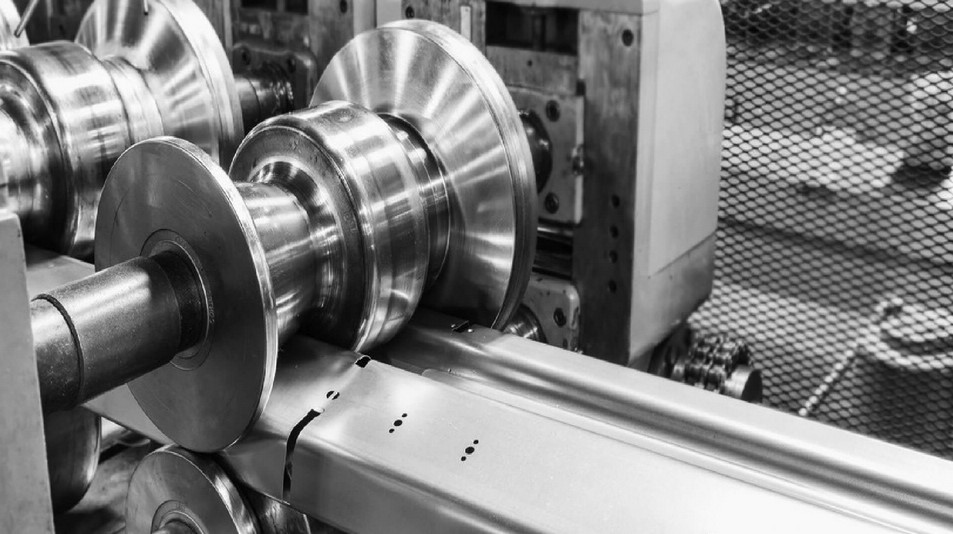
If you are interested in learning more about the various metalworking processes, this article is for you. It will also explain how metals are created and how these processes are applied to flat-pack furniture. In addition, the importance of metalworking to the American economy and the modernization of the industry is also addressed. Read on and visit the metal working shop Columbus OH to learn more! And, don’t forget to share this article with your friends! We’d love to hear from you!
A detailed explanation of metalworking processes
This article will provide an overview of some of the most common metalworking processes and explain their differences. Bending, for example, is a process that deforms metal into the shape of a component. Bending involves applying pressure or pressures to the workpiece to cause it to bend in one direction, forming a body that is not possible with other methods. Another metalworking process is deep drawing, which involves pressing a flat piece of metal into a hollow cavity and deforming it to shape the desired shape.
While the earliest metalworking processes involved hammering, people learned to cast metal around 2500 BC. As the process developed, people began shaping metal into jewelry. During the Bronze Age, artisans made bronze sculptures and ornaments. They also learned to create alloy brass, which they used for structures and tools. The history of metalworking is so ancient that evidence of the process dates back to 8,700 BCE. Detailed explanations of metalworking processes are available online and in books.
Application of metalworking processes to flat-pack furniture
There are several types of metalworking processes used to manufacture flat-pack furniture. Most metalworking processes are performed by using high-speed steel or carbide tools. Metal must be measured and marked out to the correct size and shape. Then, the tools used for each type of cutting depend on the desired finished product. For instance, high-speed steel tools are used for cutting large sheets, while carbide tools are used to cut short pieces.
Traditionally, metalworking has existed for thousands of years and spans cultures and civilizations. Throughout history, metalworking has evolved from shaping soft native metals with hand tools to smelting ores and hot forging harder metals. This process has been used as an industry, a trade driver, and in the creation of art. In modern times, metalworking has become a highly technical art form.
Importance of metalworking to the American economy
The metalworking industry is one of the most vital industries in the United States and worldwide. It is not only important to the national economy but also to technological advancement. The advent of 3D printing and lasers has made metalworking more advanced than ever, but the industry still has challenges. Employers should consider these challenges when selecting a site for a metalworking company.
The industry’s challenges include a growing, aging workforce and changing governmental regulations. These challenges present a unique mix of opportunities and challenges for the industry. To combat these challenges, metalworking companies rely on innovative recruitment and retention strategies to help them fill the gaps. While the labor market remains tight, new technologies are helping the industry stay competitive. Manufacturing companies must make the most of the technology to maintain their competitive advantage.
Modernization of metalworking
Throughout the history of metalworking, artists have sought to make things that will last, and modern metalworking is no different. Advancements in technology and access to raw materials have made it possible to create a vast range of products, from simple children’s toys to mind-boggling industrial projects that take years to complete. These developments have helped metalworking become part of society in modernized societies worldwide. However, it is essential to note that there is still a lot of work to be done in this field.
With advances in shipping techniques, metalworking has become a global force. While plastic is a popular, durable manufacturing material, metal is still essential to manufacturing. Manufacturers face constant challenges in developing smaller, easier-to-assemble housing and cases for their products. Today’s consumers demand durability without the bulk, and this has created an opportunity for metalworkers to meet that demand. Modernizing the industry is essential for both U.S. and global economies.
